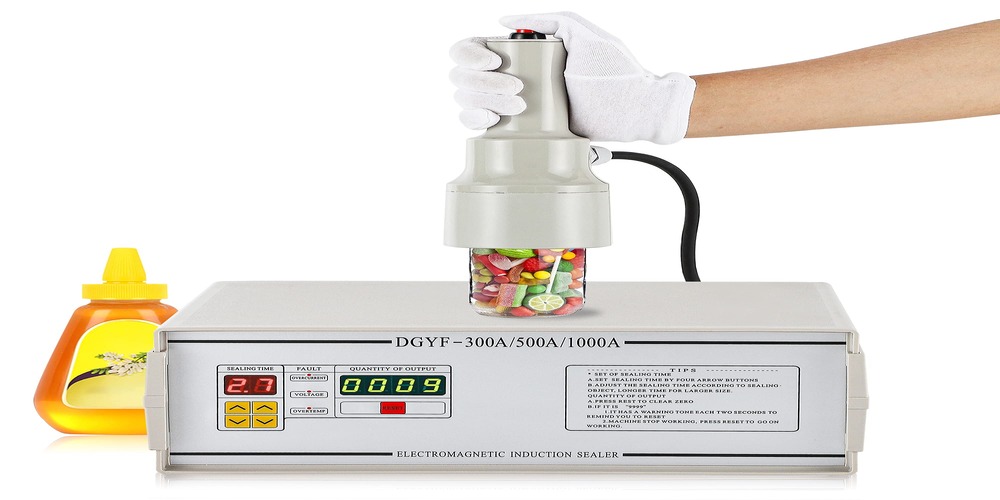Seal the bottle with a regular cap, and then place it in the machine.
Heat-Sealing
Heat sealing is the process of using a heat sealer to apply a brand and date code to the bottle cap. These machines are used to heat emboss branding into the plastic of your caps, which is then fused by applying pressure from an iron-like roller. This type of seal creates a stronger bond than crimping, making it more difficult for someone to remove or tamper with your bottles.
Heat seals may be done manually or automated depending on your needs and budget. Manual heat-sealing machines typically cost less than automatic ones but can take longer because they require more steps and manual labor during each step of production. Automated processes can save time because they function on their own—for example:you put in one cap at a time and walk away while all other operations occur automatically (i.e., heating up, pressing down). This can be particularly helpful for large runs when setting up multiple machines would require too much space in your facility. However, if you don’t mind standing there continuously loading caps onto each machine yourself then this option might not be practical for you either!
Automated processes also have better sanitation levels than manual ones because there are fewer people involved so less chance that germs spread across surfaces throughout production lines as well as fewer opportunities for cross contamination due to human error (or worse).
Automated sealing
If you are planning to package a large number of bottles and want them all to be sealed in a consistent manner, then automated sealing is the best option for you. Automated bottle sealing machine is able to seal bottles very quickly compared to heat sealing machines, making it possible for you to get through more packages per hour.
Another benefit of automated bottle sealers is their consistency:if enabled with an infrared sensor, the machine will automatically adjust its speed based on each bottle’s size so that every container gets properly sealed. If used correctly, this can result in fewer seals breaking than with other methods (such as heat sealing). When combined with an adjustable speed control and automatic pressure compensation, automated bottle sealers offer high levels of efficiency and accuracy even under heavy loads—making them ideal for high-volume manufacturing environments where bottlenecks can decrease productivity significantly.”
Crimping
You also can use a crimping machine to seal on the caps and lids. This is done by putting the bottom of the cap into the top part of the machine, and then pulling down on it so that it pushes out onto your bottle.
You can use this method for both metal lids and plastic ones.
Automatic film feeding and cutting
Automatic film feeding and cutting:With a bottle sealing machine, you can automatically feed the bottle cap into the machine and seal it. The machine will wrap around the cap with film and then cut it off to create a perfect seal on your bottles.
Automatic film splicing:If you have multiple bottles that need to be sealed, then you can use this feature of your sealing machine to save time by automatically cutting off the exact amount of film needed on each bottle before wrapping around it and securing in place with another piece of special adhesive tape or other material that works best for your needs.
Automatic film winding:This function will help prevent jams from happening inside your sealing machine when winding up excess pieces of unused plastic or foil films after commercial products have been packaged by hand using machines like these ones here today!
Automatic Film Unwinding:We recommend unrolling any leftover materials before starting new projects so that nothing gets caught up inside them unexpectedly during production runs! That way there won’t be any problems later on down
Conclusion
With all of these options, you can save time and money with a bottle sealing machine. Bottle sealing machines are great for use in any business that needs to package products or liquids for shipping or storage purposes. The cost may be higher than other types of packaging equipment but the savings in time spent manually packaging items make it worth every penny!

